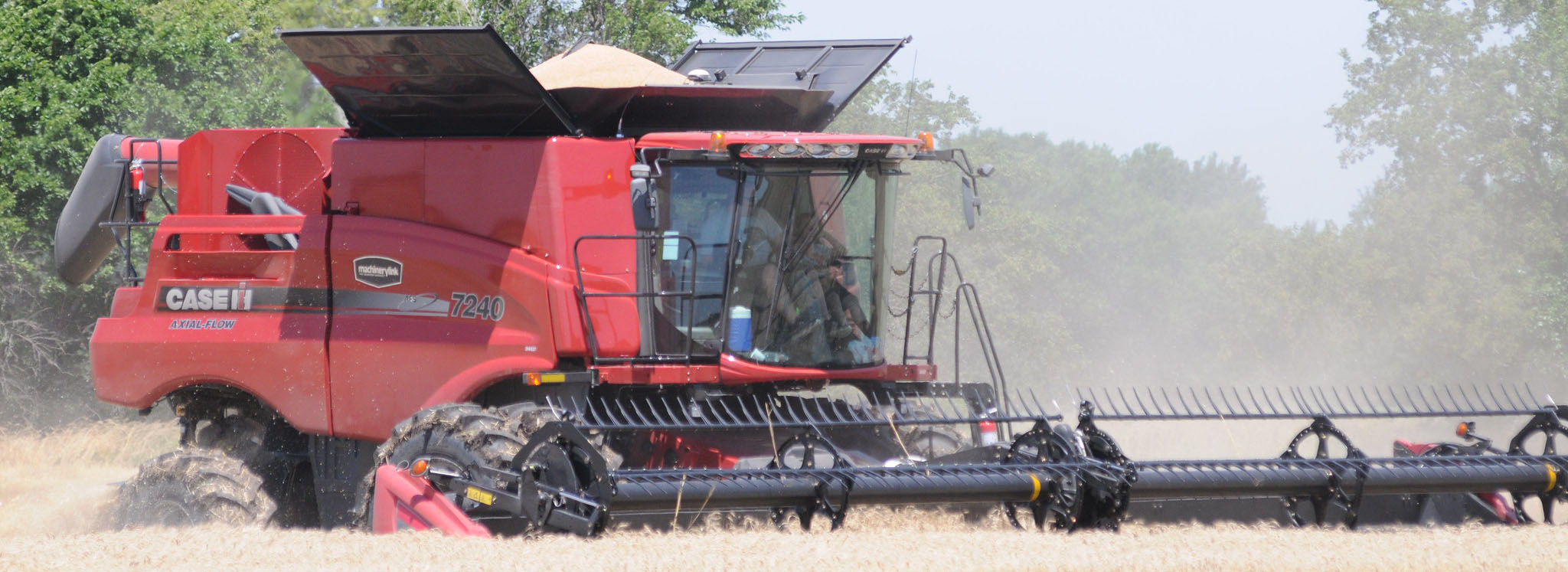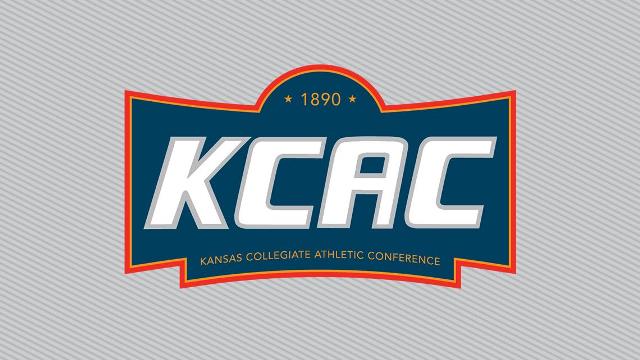Drought plaguing parts of Kansas created shorter wheat plants and thinner crop stands this year. In turn, Kansas State University wheat production specialist Romulo Lollato advises growers to make adjustments at harvest time.
“This year, the biggest cause for short wheat has been drought stress,” he said. “During springtime, the crop starts to go through a phase called stem elongation. That’s when plant height is determined. In certain areas, there was virtually no moisture, which caused the plants to be short.”
Not all areas of Kansas have experienced this level of drought. Lollato said irregular rain patterns gave rise to significant plant height differences across counties and even in the same fields.
“The Kansas crop is not uniformly short. A very sparse and variable rainfall distribution created these ‘waves’ within areas where tall and short plants occur, simultaneously, in those locations,” he said.
According to Lollato, producers can attach stripper headers to the front of their combines to effectively harvest small wheat plants. Stripper headers separate the grain head from the remaining plant. On the other hand, traditional headers detach plants halfway down their stems.
Lollato said, “Essentially, they have fingers on them. Those fingers pluck the heads out from the stem. The stripper headers feed the combine with only the wheat heads, which means having a cleaner product go into the combine, with increased efficiency.”
Harvesting low-standing wheat plants with a stripper header can help improve soil quality in semi-arid areas.
“They leave more crop residue behind. It will act as a barrier against weeds and shade the fields, which cools soil temperatures and delays weed emergence. Moisture retention is another important advantage. Stripper headers reduce water loss through evaporation, runoff and erosion.”
If a producer uses a stripper header this year, future crops have the potential to benefit as well, according to Lollato.
“There is a lot of value in having more residue left in the fields,” he said. “When growers plant wheat directly into that crop residue after this year’s harvest, they get all of those benefits, like added moisture, weed control, and erosion reduction, which can help return a very good dollar amount the following summer.”
Conventional headers remain as another workable solution for operations not able to invest in additional implements.
“A stripper header is a pricey investment,” Lollato said. “However, there might be more challenges operating with a conventional header – especially on ground with a great slope – but they still work in this case.”
Making alterations to a traditional header may yield better results when harvesting stunted wheat fields with them.
“The most important thing to keep in mind is to maintain the cutting height as high as possible. You can also adjust the reel on the header to get more movement of wheat from the cutter bar to the auger,” Lollato said.
Other combine headers appropriate for harvesting poorer quality wheat stands include draper and flex heads. More information on considerations for harvesting short wheat is available in the May 24 issue of the Agronomy eUpdate, published weekly by the K-State Department of Agronomy.



